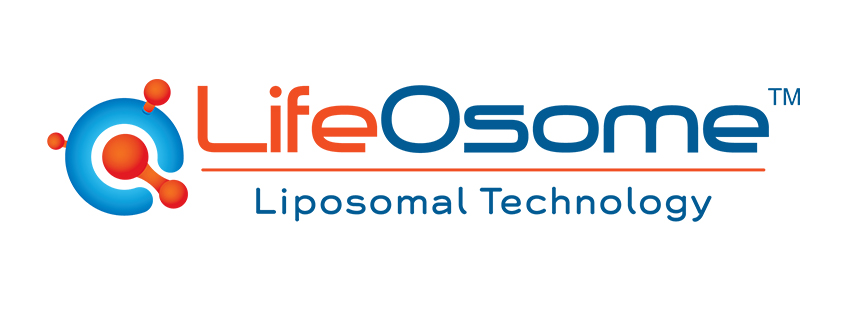J Alzheimers Dis. 2004 Aug;6(4):367-77; discussion 443-9.
Curcumin interaction with copper and iron suggests one possible mechanism of action in Alzheimer’s disease animal models.
Source
Department of Medicine and Therapeutics, Chinese University of Hong Kong, Shatin. lwbaum@cuhk.edu.hk
Abstract
Curcumin is a polyphenolic diketone from turmeric. Because of its anti-oxidant and anti-inflammatory effects, it was tested in animal models ofAlzheimer’s disease, reducing levels of amyloid and oxidized proteins and preventing cognitive deficits. An alternative mechanism of these effects is metal chelation, which may reduce amyloid aggregation or oxidative neurotoxicity. Metals can induce Abeta aggregation and toxicity, and are concentrated in AD brain. Chelators desferrioxamine and clioquinol have exhibited anti-AD effects. Using spectrophotometry, we quantified curcuminaffinity for copper, zinc, and iron ions. Zn2+ showed little binding, but each Cu2+ or Fe2+ ion appeared to bind at least two curcumin molecules. Theinteraction of curcumin with copper reached half-maximum at approximately 3-12 microM copper and exhibited positive cooperativity, with Kd1 approximately 10-60 microM and Kd2 approximately 1.3 microM (for binding of the first and second curcumin molecules, respectively). Curcumin-ironinteraction reached half-maximum at approximately 2.5-5 microM iron and exhibited negative cooperativity, with Kd1 approximately 0.5-1.6 microM and Kd2 approximately 50-100 microM. Curcumin and its metabolites can attain these levels in vivo, suggesting physiological relevance. Sincecurcumin more readily binds the redox-active metals iron and copper than redox-inactive zinc, curcumin might exert a net protective effect against Abeta toxicity or might suppress inflammatory damage by preventing metal induction of NF-kappaB.
From article:
- PMID: 15345806 [PubMed – indexed for MEDLINE]





Add a comment